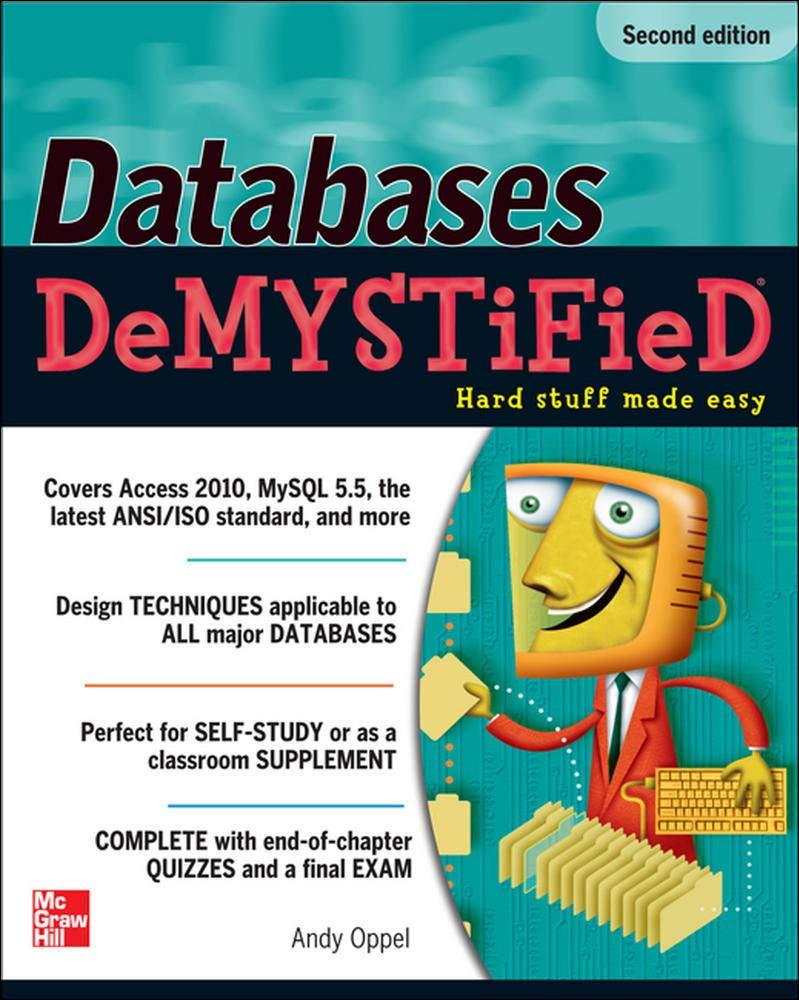Answered step by step
Verified Expert Solution
Question
1 Approved Answer
C++ FILE: student.dat John Doe 123456789 A Bob Smith 598765432 B Bill Jones 898745792 C George Roberts 128920740 D Objectives: Template and Dynamic Objects This
C++ 






FILE:
student.dat
John Doe 123456789 A
Bob Smith 598765432 B
Bill Jones 898745792 C
George Roberts 128920740 D
Objectives: Template and Dynamic Objects This project is a continuation from Project 2. The program should accept the same input data file and support the same list and find operations. You will implement a Queue template to store all the Student objects. A queue is a dynamic data structure, that maintains the first-in-first-out policy. You will use this Queue to manage all the Student objects. The student.h header file declared below is the same as in Project 2. The course.h header file needs to be modified to use the Queue template and Student. You should create Queue.h and Node.h for your queue template definition and implementation. Your student.cpp should be the same as Project 2, expect if you need to make corrections. You need to update your course.epp to work with the Queue data structure. Develop a program, name proj03.cpp, to use the Course object to read from the input student record file and create a list of student objects. This program can perform 2 functions List: to list all the student records read from the input file Find: to lookup a specific student record by the input student id. Student ID read from command line is character string. It needs to be converted to an integer before calling the find function. Use the ato () function in
Step by Step Solution
There are 3 Steps involved in it
Step: 1

Get Instant Access to Expert-Tailored Solutions
See step-by-step solutions with expert insights and AI powered tools for academic success
Step: 2

Step: 3

Ace Your Homework with AI
Get the answers you need in no time with our AI-driven, step-by-step assistance
Get Started


